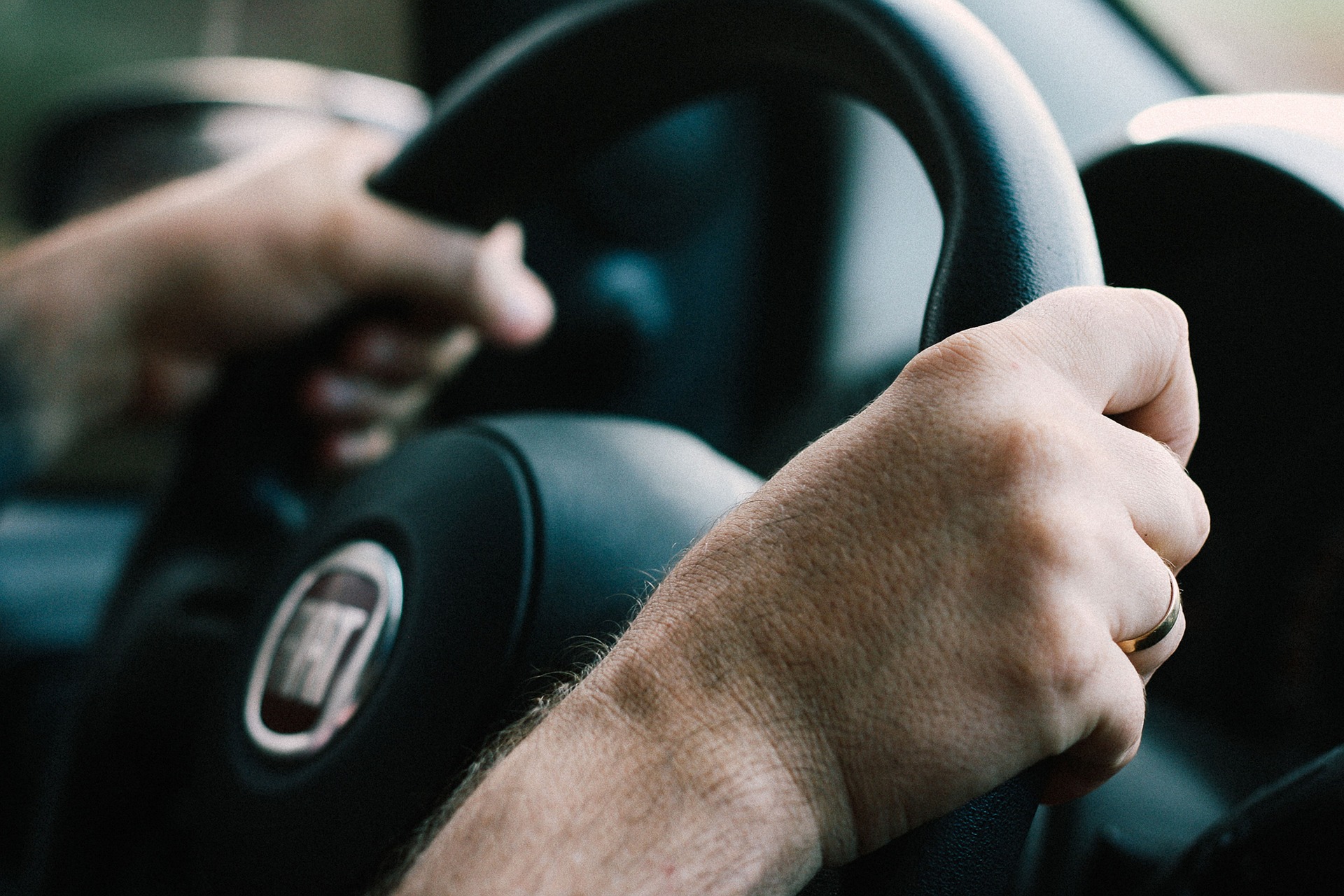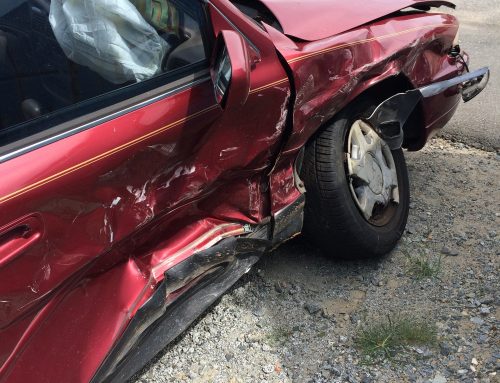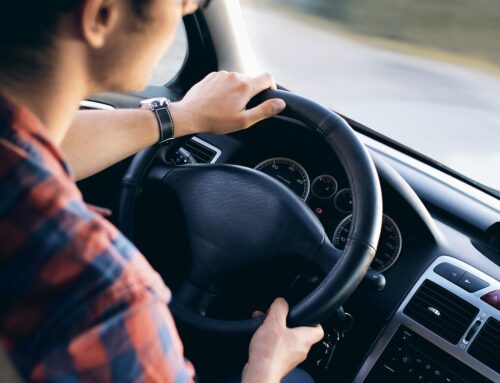Personal injury attorneys provide legal assistance following a range of accidents. Car accidents are some of the most common causes that lead to a personal injury lawsuit. However, preventing these accidents from occurring is still a number one priority. When next shopping for a car, you should focus on the safety rating of your potential options just as much as the color, gas mileage, or cost. Modern vehicles come standard with many safety features, but different makes and models still have apparent differences between them. By learning what makes up a car safety rating, you can further investigate any cars you might purchase and make a more informed decision.
Car Safety Ratings Explained
Numerous organizations conduct car safety ratings, the most well-known being The National Highway Traffic Safety Administration, a division of the US Department of Transportation. This agency maintains a yearly updated list of car safety outcomes by placing popular cars through a series of crash tests. Each part of the test is scored out of 5, with an overall score being provided. Consumers can quickly identify a car’s safety rating with minimal research.
The first test conducted is a Frontal Crash Test. This test simulates a head-on collision between two similar vehicles, each moving at 35 miles per hour. The results for both driver and front passenger safety are combined into one score to provide an easy-to-understand safety score for a common accident scenario.
The second test is Side Crash Test. This score combines different tests that determine the car’s safety when struck on the side, an unfortunately common scenario at intersections and crossings. Scenarios include a simulated slide into an object, such as a utility pole, as well as a collision with another car (T-Bone). This rating is most important for families with kids, as these scenarios gather direct information on the likely injuries that passengers in the backseat might sustain in the event of an auto accident.
The final score is the Rollover Resistance rating. This determines the risk of rollover through a specific scenario where the driver completely loses control of the vehicle. Certain makes and models, notably taller and narrower vehicles, are more at risk for rollovers than compact cars.
The National Highway Traffic Safety Administration also tests a wide range of safety features found within the car. These technologies are becoming more and more common on all vehicles and aim to use automatic systems to prevent driver error or respond quickly to dangerous scenarios. Autonomous brakes or blind spot warnings can prevent injuries to your family and others around you, eliminating some of what were once tragic accidents.
Car Ratings and Insurance
The benefit of owning a car with a high safety rating is more than just peace of mind. Insurance companies will often insure vehicles at a lower rate if their calculations determine that safety features present within the car provide a noticeable improvement in accident outcomes for both passengers and vehicles. In certain scenarios, expensive technologies increase premiums due to the costly costs of vehicle repair. However, in both scenarios, you benefit from improved safety and can drive confident that your car will protect you and your family if an accident occurs.
The aftermath of a car accident can be scary, and all of the safety features in the world might not prevent a severe accident from occurring. If you have been involved in a car accident in the Sarasota, Tampa, or Orlando area, call the attorneys at Probinsky & Cole. We can help you to get the compensation you deserve for both personal injury and vehicle damage.








